Plant Seeds Of Promotional Success
Help ag-related businesses grow with well-crafted campaigns
Food is fuel, and our nation’s farmers and ranchers continue working to fuel the nation—and in some cases other nations—despite wild weather, wacky economics and global politics. U.S. food consumption in 2013 totaled 635 billion pounds, and 81 percent of that food was produced domestically. The 19 percent of food that is imported either cannot grow in the U.S. or is less expensive to produce overseas, according to the U.S. Department of Agriculture.
To support America’s appetite while also being cognizant of evolving attitudes toward production processes, many farmers and ranchers are exploring more sustainable, humane ways to raise crops and livestock for consumption. Free-range, grass-fed and organic are just a few of the labels making their way onto items in grocery stores and farmers markets nationwide.
Ag organizations know the power and benefits of using promotional products to increase consumer interest and consumption. The Philadelphia, Pennsylvania-based Mid-Atlantic Dairy Association, for example, offers promotional items for free to the farmers and promotions committees in its service area to help boost dairy promotion efforts.
Of course, agriculture is more than just farming and ranching these days. Prospects can be found working in animal husbandry, production and processing, agritourism, biofuels, farm credit banking, equipment and ancillary goods, and ag education.
Case Study
Real-World Solutions
Iowa State Fair Fundraiser Earns A Blue Ribbon
The fundraising arm of the Iowa State Fair, the Blue Ribbon Foundation, was raising capital funds for the renovation and preservation of the historic fairgrounds, and it wanted to reach fairgoers of all ages with its message.
Distributor Business Impact Group crafted a campaign for the foundation’s fundraising event that would tie into the look and feel of the entertainment that fairgoers have come to associate with the fair. “Rock’n Round the Grounds” consisted of a unifying look and brand that Business Impact Group incorporated into a media kit, auction book, letterhead and several products—a guitar-shaped hand fan, volunteer t-shirt, miniature guitar and game bandanna—as well as other marketing collateral.
The products and collateral were employed up to and during a kickoff event; 1,800 people comprised the target audience. As aresult, the foundation raised a record $424,000. The campaign won Gold in the 2016 PPAI Pyramid Awards.
Pick A Peck Of Products Like These For Your Ag Clients
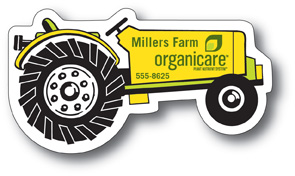
Shapes representing a product, service or benefit that your business provides help communicate your value better than dozens of words. Make messages stick with a tractor-shaped magnet, available in 20 mil or 30 mil thickness.
Magna-Tel, Inc. UPIC: MAGNATEL www.magna-tel.com

Kids learn about farm life in a colorful way with this coloring book, which features 20 pages of a story, lessons and activities, and can be customized with a two-color imprint.
Fields Manufacturing UPIC: FIELDS www.fieldsmfg.com
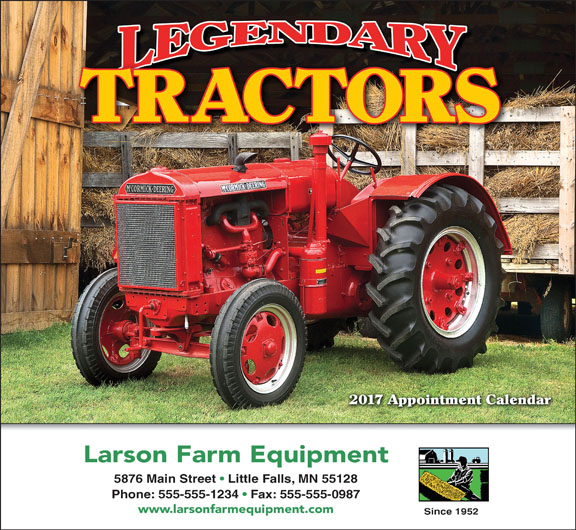
View the evolution of farm equipment in the Legendary Tractors calendar, a 12-month timekeeper that’s perfect for feed stores, equipment suppliers and producers.
Hotline Products UPIC: HOYL0001 www.hotlineproducts.com
![]()
Don’t just pray for rain—document its presence and benefits with a triangle rain gauge. The gauge holds up to seven inches of rain and can be staked in the ground or mounted to a post.
Beacon Promotions UPIC: BEACONP www.beaconpromotions.com
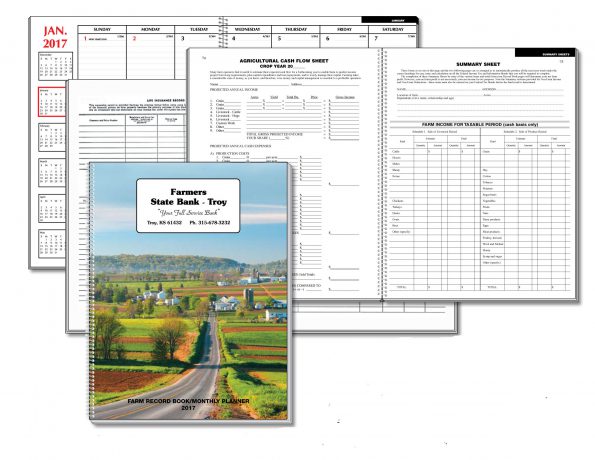
This spiral-bound planner for ag workers is a comprehensive aid, featuring a three-year calendar with moon phases, a complete farm record and accounting book, income and expense charts, and Year-In-View® calendars for quick reference. Customize the full-color cover.
TruArt Advertising Calendars UPIC: TRUART www.truart.com

Outdoor workers stay visible and comfortable in a red bucket cap featuring bamboo charcoal and a Qtech Cooling Sweatband. The brim is made slightly longer in the back to protect the neck from insects and sun exposure.
Outdoor Cap Co, Inc. UPIC: OUTD1200 www.outdoorcap.com
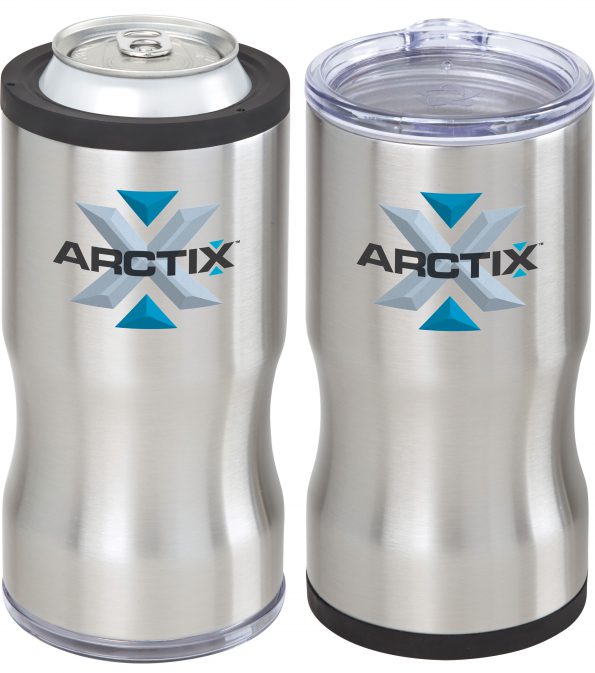
Favorite beverages travel safely in a 12-ounce 3-in-1 Arctix™ Insulator tumbler. Use the see-through screw-on lid for hot or cold drinks, or the twist-top rubberized ring to hold a 12-ounce bottle or can.
Starline USA, Inc. UPIC: STAR0009 www.starline.com
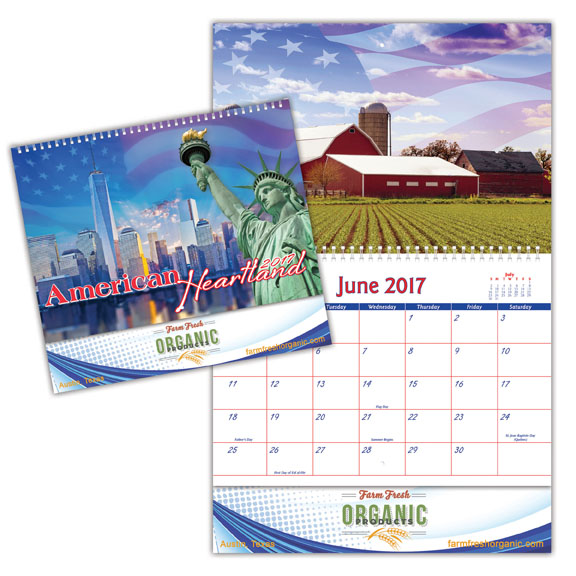
Celebrate America’s heartland year-round with the spiral wall calendar featuring iconic scenes and full-color stock image or custom image tabs. The 12-month calendar is made in the U.S. with full-color digital imprint.
ADG Promotional Products UPIC: ADGPROMO www.adgpromo.com
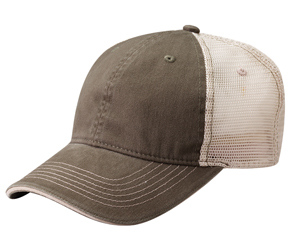
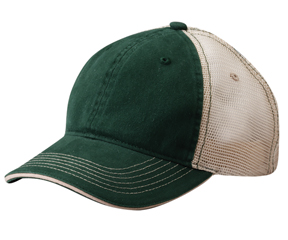
Get ahead in an unstructured trucker cap made from brushed cotton and soft mesh. The button color matches the front panels and the hat features a tri-glide buckle closure. Choose from 17 available colors.
Kati Sportcap UPIC: KATI www.katisportcap.com
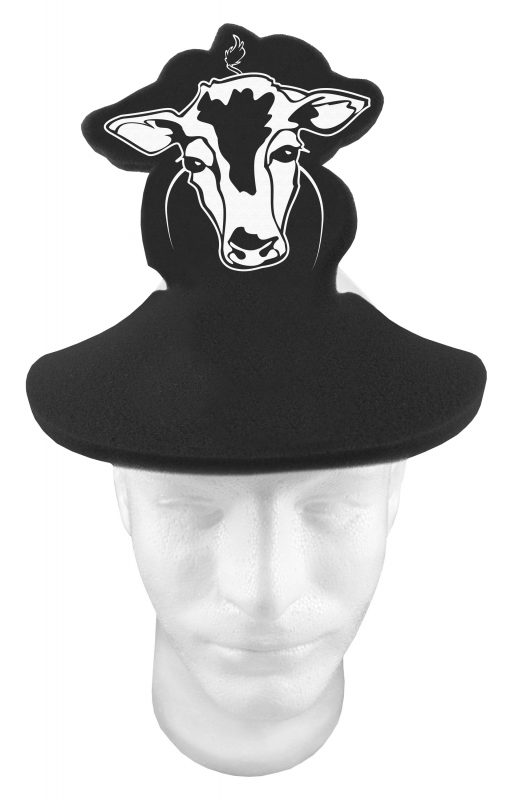
Give recipients a heads-up on your client’s ag business with a clever pop-up cow-shaped foam visor. Choose from several colors and silk screen or print with a full-color heat transfer.
Foamworx UPIC: FOAMWORX www.foarmworx.com
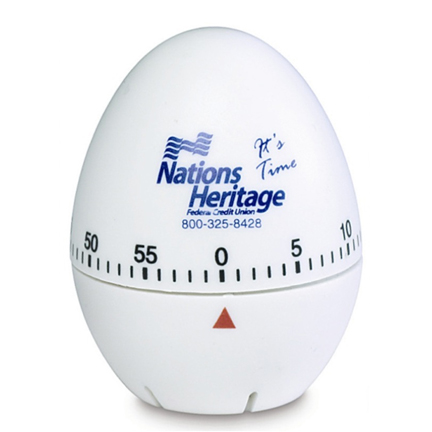
Give your next marketing campaign a twist with this egg-shaped kitchen timer. Add a company name or logo to the large imprint area for increased visibility.
Essef Distributors UPIC: 7414140 www.lincolnline.com
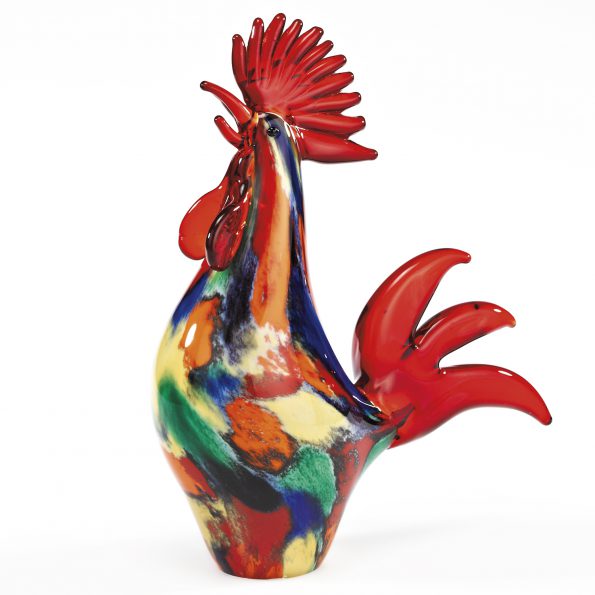
Dress up a mantel or office with the 11-inch-tall colorful art glass rooster crafted in the Murano style from all-natural, environmentally sustainable materials.
Badash Crystal UPIC: Badash www.badashcrystal.com
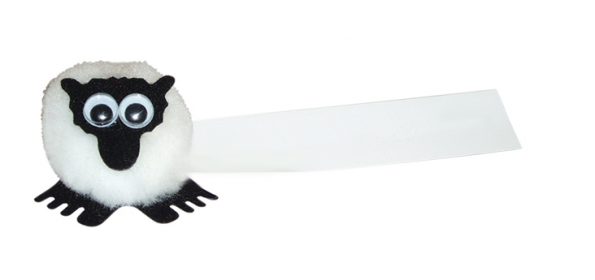
Get cozy with a sheep Weepul, and promote farms and wool producers with a generous imprint area on the attached ribbon, which takes a four-color process.
Weepuline LLC UPIC: WEEPULS www.weepuls.com
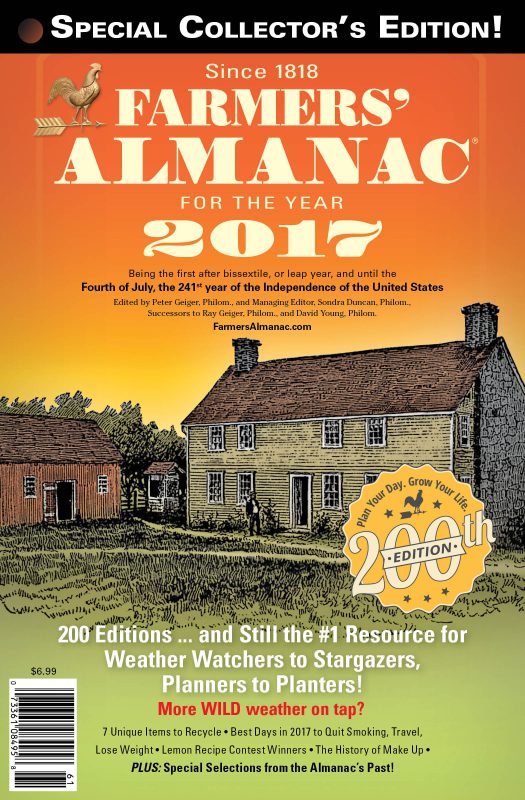
A Guide For All Seasons
Geiger’s Farmers’ Almanac celebrates two centuries of wisdom, wit
On the edge of the 200th anniversary of Farmers’ Almanac, which is published by Lewiston, Maine-based distributor Geiger, Peter Geiger, executive vice president of sales and almanac editor, along with Managing Editor Sandi Duncan, spoke with PPB about the history and evolution of the beloved publication.
How has the content of Farmers’ Almanac evolved in your tenure as editor and managing editor?
Geiger Just like life, the almanac is always evolving. From 1818 to 1994, the only way you could get a copy of the FA was from a business—it was one of the original promotional products. My father, Ray Geiger, edited the book from 1935 to 1994. When Sandi and I took over, we immediately started to produce a retail edition. In 1995, you could buy our almanac in a retail store or receive a promotional edition from a sponsoring business.
In our first 10 years, we emphasized how to save money, and in recent years, it has been about how to be more self-sufficient. We also started to add a large array of helpful videos to our website. In our 20-plus years, Sandi and I have not only expanded the physical book but have grown the brand.
One of the joys of the past year for me was reading back copies on file and picking and choosing items that are relevant to the past and today. The last 16-page section in the 2017 Farmers’ Almanac is from early editions.
The 2017 edition looks at advice from the past and how it relates to life today. We talk about how physical farming has changed over the 200 years of our existence. We are also working with the American Farm Bureau to search for the “Farmer of the Year.” In 2018, we will salute farmers and ranchers, including individuals who make farming part of their livelihood today. People can view this information at www.FarmersAlmanac.com/FarmeroftheYear.
Duncan While the first thing that will always be a part of the almanac is weather, our long-range weather predictions, added zones, seasonal map and additional weather stories are a few of the things that I have changed during my tenure.
The graphics in the almanac have changed since my time as editor, as society has become much more visual. We also have more bite-sized bits of wisdom and advice for the reader who doesn’t have tons of time to read a long article, and of course, since I came on board, how people can access our content has expanded through our website, social media, etc.
In addition to the weather, we are also including more articles and information on how to grow your own food, even on a balcony or rooftop, how to reconnect with nature even if you don’t live on a farm, and how to live a more sustainable, natural lifestyle. The almanac has always been close to the earth, but over the past several years I believe our content has really reflected valuable ways to live a more natural and enjoyable lifestyle.
What would you like to see happen in the next five to 10 years for the FA?
Geiger I’d like to see the brand continue to grow. We are online, people can download information, our social media engagement is growing by leaps and bounds. I joke that we were the internet before there was an internet. The types of material available to readers (book or online) is rich, and we have to continue to offer information that is of value to readers. Within the next few years, I want Millennials to realize the value of the publication. We are dealing with tainted foods from countries unknown, we realize that processed foods are affecting the health of newborns and society, and we have a chemical for everything.
I believe the next generation will want to be able to take control of their lives. The Millennials will inherit a different world with their own set of challenges. The Farmers’ Almanac will offer how-to advice because it is what our audience will continue to demand.
Duncan Ultimately we’d like the Farmers’ Almanac to be on everyone’s nightstand or coffee table, but truly some of our goals continue to be to expand the Almanac brand in other licensed items, expand promotional product opportunities and to utilize technology in ways to share even more of our content, sell more products, and increase our brand’s strength in the retail and promotional marketplaces.
What misconceptions or myths have surrounded the FA, and how do you address them?
Geiger The biggest is that the Farmers’ Almanac is for farmers, and if I live in a city, it can’t be for me. We are purposely for anyone who is interested in gardening, fishing, hunting, recipes, cost savings, doing things without using chemicals, etc. The other is that the FA was something my grandparents read. If they did, they started reading it when they had a young family and it was a helpful publication. The third is that it is a weather book. Yes, we have accurate long-range weather but it is only 16 pages of the publication. Weather is important but we are so much more.
Duncan It’s true that the almanac is not just for people who live on farms, but it’s for people who embrace the idea of living naturally, growing some of their own food, and living in harmony with nature and the obstacles that a more urban world throws at us. To address this we include content for people who live in urban areas, and in suburban and farming communities. The use of social media allows us to reach a younger target audience, as they tend to be the users of social media. We have over 1.1 million fans on Facebook, 30,000 followers on Twitter, and 66,000 followers on Instagram.
Is the Old Farmer’s Almanac a ‘friendly’ competitor, or a secret ally in the drive to keep almanacs relevant to readers?
Geiger We and OFA have withstood the test of time. We are different in our approach but both publications have been dedicated to remaining relevant to their readers. I’m delighted if someone is interested in reading any almanac—although I hope we are the one they enjoy the most.
Duncan Our brand is very strong and continues to be strong as we officially enter our 200th year. Our growth and presence on social media as well as our place in the promotional products industry is very strong and we consider the Old Farmer’s Almanac a “friendly” competitor. While we’re both almanacs and have gardening and long-range weather predictions, our content and approach to content is very different.
Top Crops
Wheat, corn, soybeans, dairy, poultry, pork and beef are top agricultural commodities in the U.S.
The following states list one or more of them as top revenue-generating agricultural products.
Cattle And Calves
Texas – $11.3 billion
Kansas -- $8.8 billion
Colorado -- $4 billion
Oklahoma -- $3.9 billion
Missouri -- $2 billion
Corn
Iowa -- $8 billion
Illinois -- $7.9 billion
Nebraska -- $4 billion
Minnesota -- $4 billion
Dairy Products
California – $6.3 billion
Wisconsin -- $5 billion
New York -- $2.6 billion
Idaho -- $2.3 billion
Pennsylvania -- $1.9 billion
Pork
Iowa* -- $6.8 billion
North Carolina* -- $2.9 billion
Minnesota* -- $2.8 billion
Illinois* -- $1.5 billion
Indiana* -- $1.3 billion
Poultry
Georgia -- $4.2 billion
North Carolina -- $3.4 billion
Alabama -- $3.3 billion
Arkansas -- $3.3 billion
Mississippi -- $2.4 billion
Soybeans
Illinois* -- $5 billion
Iowa* -- $4.7 billion
Minnesota* -- $3 billion
Indiana* -- $2.7 billion
Nebraska* -- $2.6 billion
Wheat
North Dakota -- $1.7 billion
Kansas* -- $1.4 billion
Montana* -- $1 billion
South Dakota* -- $5 million
Texas* -- $4.8 million
*These states reported higher revenues from other agricultural products in 2015
Source: USDA
Apples And Oranges … And Everything in Between
Some states boast a near monopoly on growing our favorite foods
60 percent of U.S. orange production comes from Florida, as well as 100 percent of tangelos and more than half of the country’s sugarcane
California grows all of the nation’s almonds, walnuts, pistachios, olives, artichokes, dates, kiwi and figs (that’s right, 100 percent), and 89 percent of its grapes
Bananas, coffee, macadamia nuts and papaya—U.S.-grown varieties are cultivated entirely in Hawaii
More than half the nation’s catfish are produced in Mississippi
Montana is the king of mustard seed, producing more than 50 percent of the nation’s crop
Oregon claims 100 percent of the hazelnut, boysenberry and blackberry cultivation in the U.S.
Just over 70 percent of domestic apples are grown in Washington State
More than 50 percent of the cranberries cultivated in America come from Wisconsin
(percentages are based on share of total U.S. receipts by commodity for 2015)
Source: USDA

